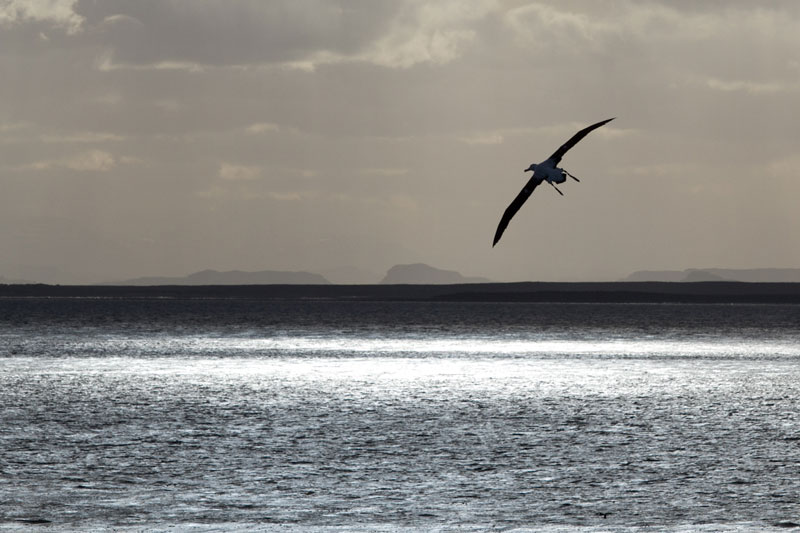
We know that cues like smell and sight are important, but the idea that birds may use sounds has not been explored. Other animals, such as whales, use very low-frequency sound, or infrasound, that humans cannot hear. These sounds are emitted throughout a range of natural phenomena, such as ocean waves crashing together or hitting coastlines and volcanic eruptions. Animals themselves can also emit them, often for communication. Human activities also emit infrasound, in particular nuclear explosions, and as such, infrasound monitoring stations can be found around the world for the verification of the Comprehensive Nuclear-Test-Ban Treaty (CTBT).
Our HFSP Young Investigator Grant project is analysing movement data from albatrosses, in conjunction with CTBT infrasound data, to test whether birds use infrasound to navigate. In this context, we are also examining how birds could hear infrasound by studying their ears. The project has also developed new state-of-the-art biologgers that can measure infrasound in real-time as the birds navigate the vast ocean. These data will not only help us understand how birds respond to infrasound, but they will also provide fine-scale geophysical measures in areas where traditional equipment cannot be used. As such, this project will advance the fields of physiology, geophysics, and ecology through a truly interdisciplinary approach.


































